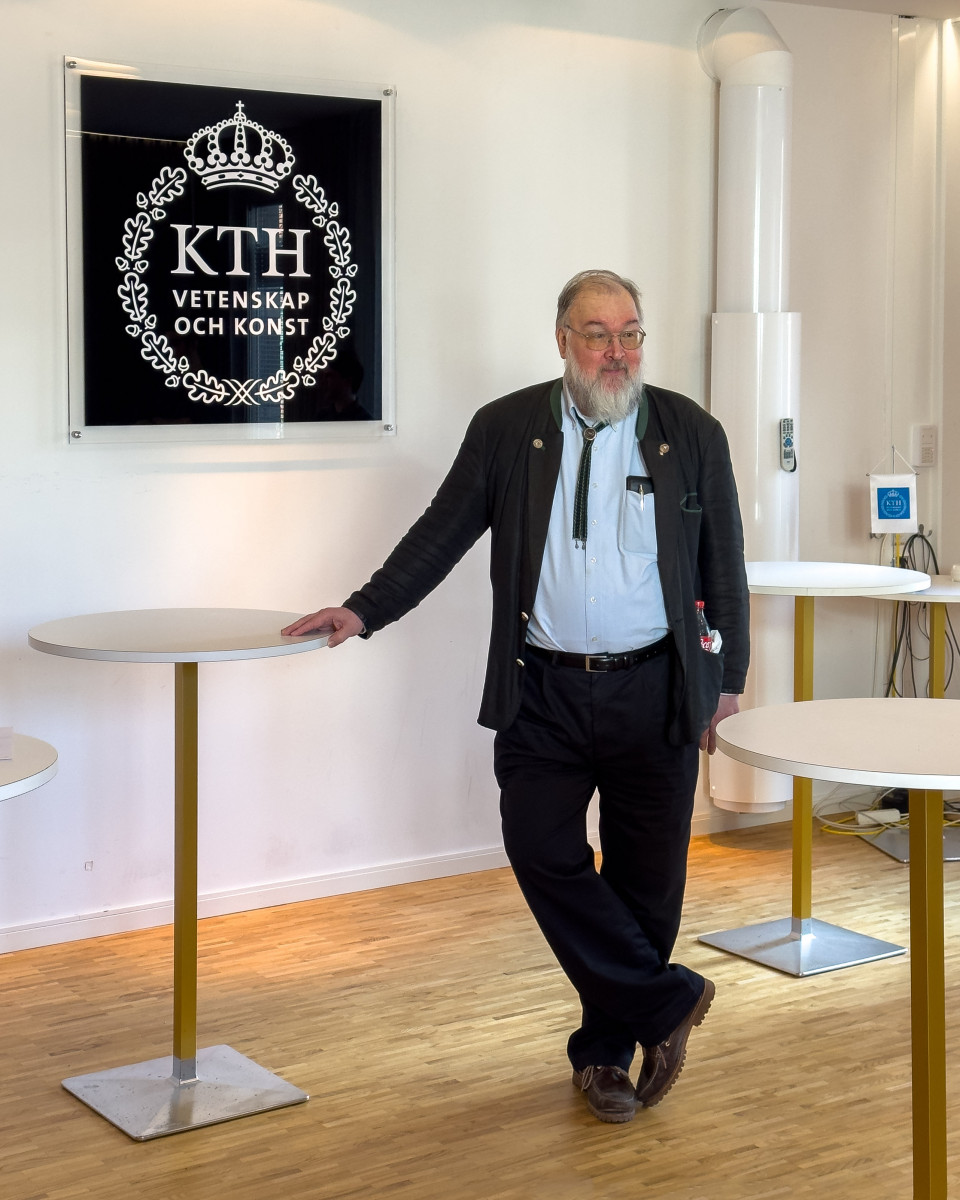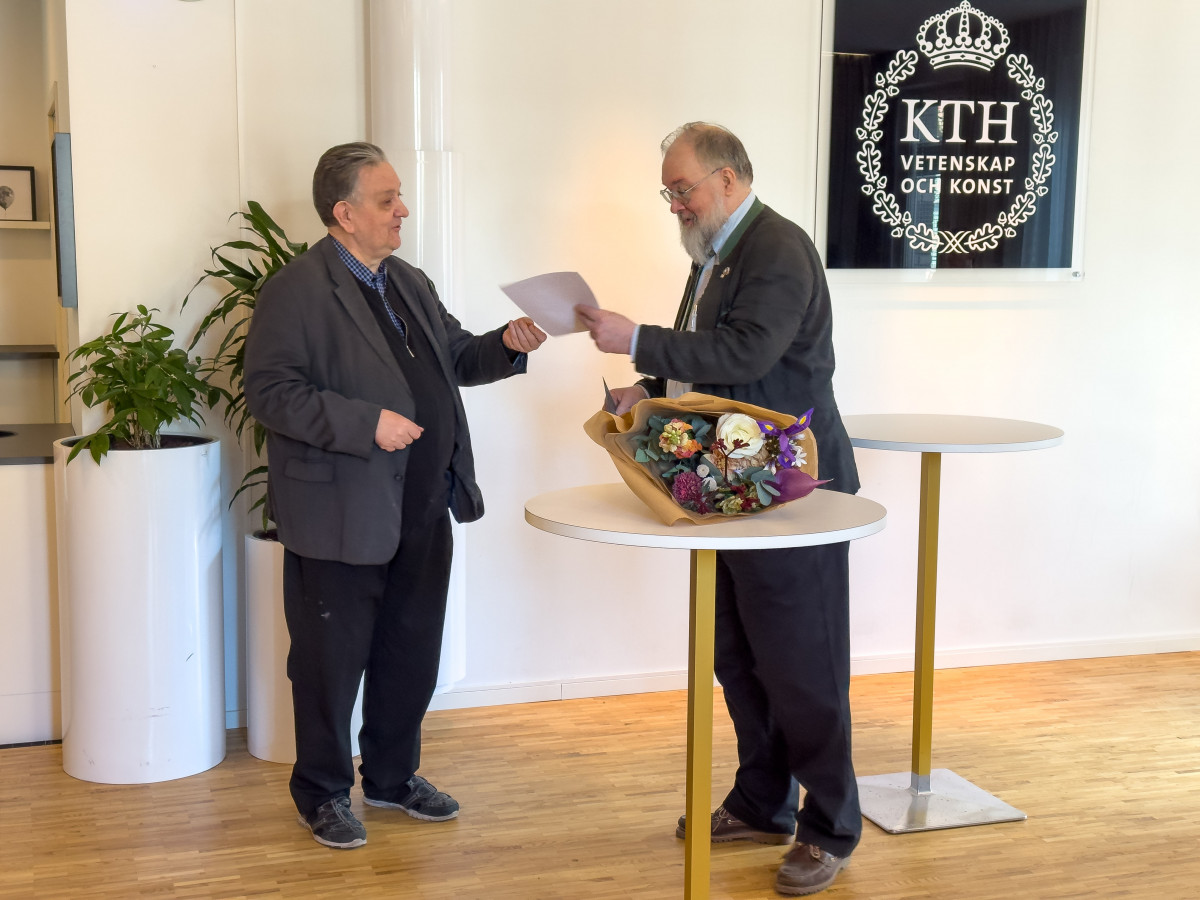At ACM IPSN ’23 Daniel presented our work on DeepGANTT, a scheduler which demonstrates our ability to apply transformers to graph neural networks for scaling up an IoT scheduling problem 6X-11X beyond what a constraint optimization solver can solve in a reasonable time. Full abstract is below.
This is joint work with
Daniel F. Perez-Ramirez, Carlos Pérez-Penichet, Nicolas Tsiftes (RISE), Thiemo Voigt (Uppsala University and RISE), Dejan Kostić, and Magnus Boman (KTH).
Novel backscatter communication techniques enable battery-free sensor tags to interoperate with unmodified standard IoT devices, extending a sensor network’s capabilities in a scalable manner. Without requiring additional dedicated infrastructure, the battery-free tags harvest energy from the environment, while the IoT devices provide them with the unmodulated carrier they need to communicate. A schedule coordinates the provision of carriers for the communications of battery-free devices with IoT nodes. Optimal carrier scheduling is an NP-hard problem that limits the scalability of network deployments. Thus, existing solutions waste energy and other valuable resources by scheduling the carriers suboptimally. We present DeepGANTT, a deep learning scheduler that leverages graph neural networks to efficiently provide near-optimal carrier scheduling. We train our scheduler with optimal schedules of relatively small networks obtained from a constraint optimization solver, achieving a performance within 3% of the optimum. Without the need to retrain, our scheduler generalizes to networks 6 × larger in the number of nodes and 10 × larger in the number of tags than those used for training. DeepGANTT breaks the scalability limitations of the optimal scheduler and reduces carrier utilization by up to compared to the state-of-the-art heuristic. As a consequence, our scheduler efficiently reduces energy and spectrum utilization in backscatter networks.



